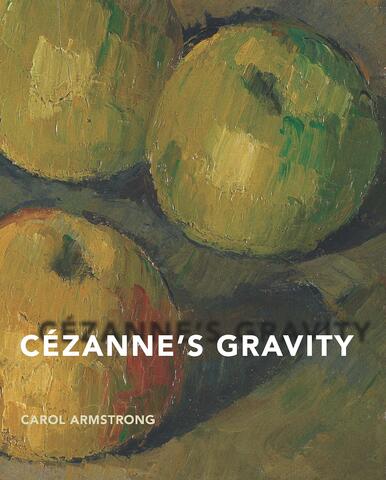Cézanne’s Gravity
Cézanne’s Gravity is an ambitious reassessment of the paintings of Paul Cézanne (1839–1906). Whereas previous studies have often looked at the artist’s work for its influence on his successors and on the development of abstraction, Carol Armstrong untethers it from this timeline, examining Cézanne’s painting as a phenomenological and intellectual endeavor. Armstrong uses an interdisciplinary approach to analyze Cézanne’s work, pairing the painter with artists and thinkers who came after him, including Roger Fry, Virginia Woolf, Albert Einstein, Maurice Merleau-Ponty, Rainer Maria Rilke, R. D. Laing, and Helen Frankenthaler. Through these pairings, Armstrong addresses diverse subjects that illuminate Cézanne’s painting, from the nonlinear narratives of modernist literature and the ways in which space and time act on objects, to color sensation and the schizophrenic mind. Cézanne’s Gravity attends to both the physicality of the artist’s works and the weight they bear on the history of art. This distinctive study not only invites its readers to view Cézanne’s paintings with fresh eyes but also offers a new methodology for art historical inquiry outside linear narratives, one truly fitting for our time.

